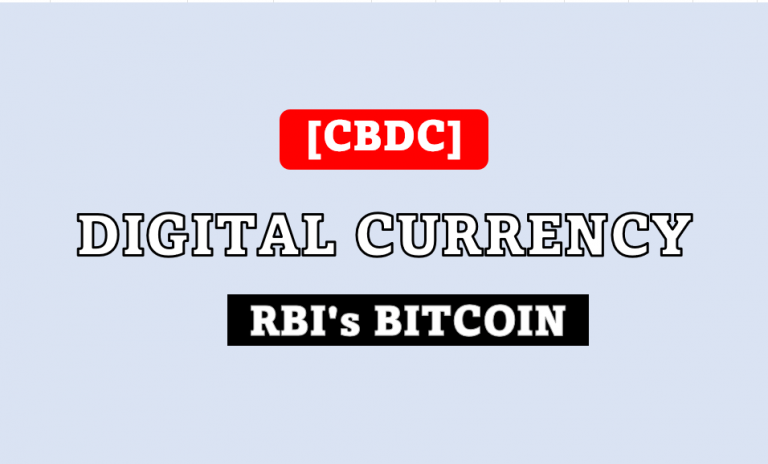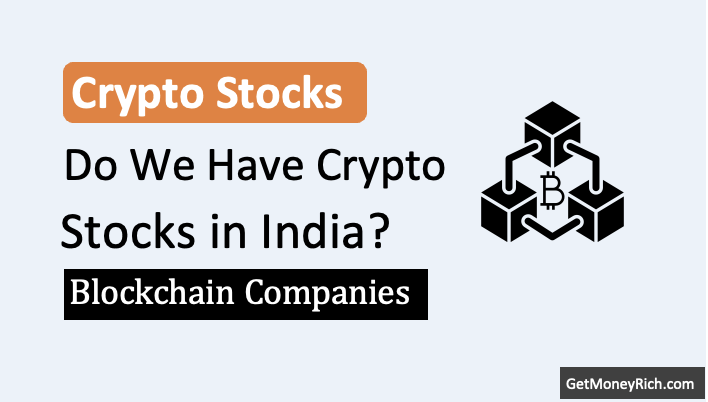The world of cryptocurrency and blockchain often sees rapid shifts. The latest move comes from Kraken, one of the largest cryptocurrency exchanges, which has decided to shut down its non-fungible token (NFT) marketplace. This decision, effective February 2025, is a strategic move to reallocate resources to new projects. Let’s break this down, understand its relevance to India, and explore the insights it offers.
1. The Recent News About Kraken
Kraken launched its NFT marketplace in late 2022.
- For whose who do not know what is NFT: An NFT (Non-Fungible Token) is a unique digital asset stored on a blockchain. It represents ownership of a specific item like art, music, or collectibles. Unlike cryptocurrencies, NFTs cannot be exchanged one-to-one due to their uniqueness. For example, an artist can sell a digital painting as an NFT, giving the buyer verified ownership of that artwork.
Back then, it had ambitions to democratize access to digital collectibles. However, despite initial enthusiasm, the NFT market faced significant challenges. NFT trading volumes have been stagnant, with no substantial recovery since April 2024.
As of November 27, 2024, Kraken transitioned its NFT marketplace to a withdrawal-only mode. It allow users three months to withdraw their assets. By February 27, 2025, the marketplace will close completely.
The company cited resource prioritization as the primary reason for this decision. In a statement, Kraken emphasized its focus on developing new, unannounced products. These could include innovations in areas like stablecoins or institutional services.
Despite its setbacks in the NFT space, Kraken has been actively expanding its portfolio. Earlier this year, it participated in launching a stablecoin project and acquired TradeStation Crypto to strengthen its regulatory presence in the U.S.
This closure also aligns with broader uncertainties in the NFT ecosystem.
Regulatory scrutiny, such as OpenSea’s recent encounter with the U.S. Securities and Exchange Commission (SEC), has added to the challenges.
These developments indicate that Kraken’s decision may not solely be about internal priorities but also a reflection of market and regulatory realities.
2. How The Kraken News can be Relevant to us in India
Crypto enthusiasts often look to global trends to gauge the direction of blockchain and digital assets.
Kraken’s decision to exit the NFT space is significant because it highlights key challenges faced by the sector.
These challenges are also relevant to Indian investors and developers.
2.1 NFT Market Lessons for Indian Investors
The NFT hype was global, including in India, where platforms like WazirX NFT Marketplace attracted creators and collectors.
However, the stagnation in global trading volumes shows that the NFT market is still maturing.
For Indian investors, this is a reminder to approach NFTs cautiously. NFT enthusiats must focus on the NFT’s utility and long-term value rather than speculative gains.
2.2 Regulatory Parallels
The regulatory uncertainty Kraken and OpenSea face in the US mirrors the ambiguity in India’s stance on crypto.
While India has imposed a 30% tax on crypto gains, NFTs remain in a grey area.
Investors and businesses should stay prepared for similar regulatory hurdles. As India’s policymakers will closely observe global developments, NFT may not remain outside the tax net for long.
2.3 Innovation Opportunities
Kraken’s shift from NFTs to other projects tell us about volatile nature of blockchain innovation.
In India, where blockchain is still evolving, this serves as a cue to explore applications beyond NFTs.
What does it mean? It means, one must also explore avenaues like decentralized finance (DeFi), stablecoins, and blockchain-based supply chains.
3. Reading Between the Lines: What Kraken’s Exit Tells Us
Kraken’s NFT marketplace shutdown isn’t just about reallocating resources, it reveals broader trends in the crypto and blockchain ecosystem.
Here’s are my inferences after reading this news:
3.1 A Reality Check for the NFT Market
The NFT boom of 2021 was driven by speculation and a frenzy for digital collectibles.
However, the subsequent decline in trading volumes suggests that many NFTs lacked intrinsic value.
Kraken’s exit reinforces the importance of building sustainable use cases for NFTs, such as in gaming, real estate, or intellectual property.
For beginners, this means treating NFTs as part of a speculative, high-risk market until they demonstrate consistent, real-world utility.
3.2 A Shift Toward Stable Growth
Kraken’s focus on stablecoins and institutional services signals a preference for stable, scalable growth over speculative ventures.
For Indian crypto businesses, this is a valuable lesson. Sustainable success lies in aligning innovation with market demand and regulatory compliance.
Final Words
I see Kraken’s move as a necessary recalibration.
The NFT market is still nascent, with plenty of room to mature. While the hype has subsided, this phase allows the industry to refocus on meaningful applications.
For we people in India, the key takeaway is to stay curious but cautious.
Blockchain and NFTs hold immense potential, but they’re still not a profitable business model.
Whether you’re exploring NFTs, cryptocurrencies (bitcoin), or other blockchain applications, remember that this is a fast-evolving space and businesses built on this technology are still testing the profit potential of this business model.
If you found this article useful, please share it with fellow investors or leave your thoughts in the comments below!
Have a happy investing.





